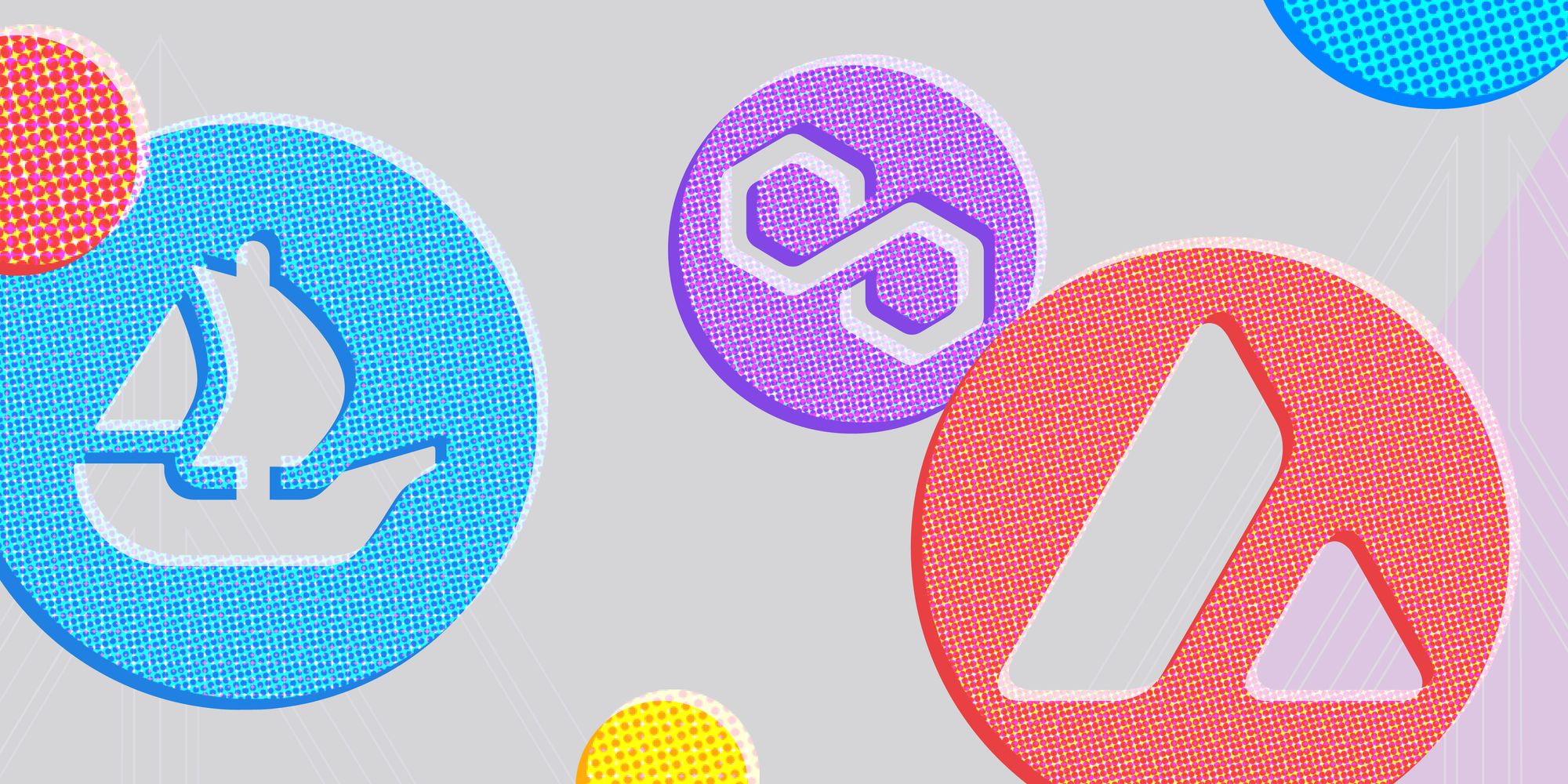Spectral Incorporates Avalanche and Polygon Chain Data
There have been significant upgrades to Spectral's app since the Open Beta launched in August. Including infrastructure updates, new chains, NFT activity, and new products!

Coming into 2023, Spectral’s MACRO Score adds Polygon and Avalanche data, NFT project sales, increased speed, and additional wallets to become an even more comprehensive risk assessment resource.
Last August, Spectral debuted the Spectral App in Open Beta providing access to the MACRO Score, an on-chain index of liquidation risk generated by a fast and comprehensive database of transactions and a machine-learning model. In the following months, the team has been hard at work adding new data sources and features.
Success by the Numbers
Users eager to test their creditworthiness have flocked to Spectral’s app. Since the Open Beta launch, the number of wallets connected to the app has continued to grow. There have been other changes too, like snappier response times, reflecting months of meticulous work.
A few recent numbers Spectral is proud to report:
- Scoring requests: 107,107
Number of transactions by type of transactions:
- ERC-20 - 37.7M
- Internal - 7.3M
- Normal - 49.4M
Average time to compute a score:
- ~20s
Shoring up the Foundations
During Open Beta, some wallets–particularly whales–could take several seconds or more to process. Spectral’s engineering team is speeding up Score generation with a goal of 1-second latency, increasing throughput to handle millions of transactions, and getting the network ready for new products like Spectral data packets and fraud intelligence.

Incorporating new chains, protocols, and NFT activity, and why it matters
“We were really happy with the version we released in Open Beta,” Spectral machine learning (ML) engineer Zane Peycke says, “But there were improvements to be made. Since the release, we’ve added new categories of on-chain data, including NFT activity, decentralized exchanges, and two new blockchains.”
The new chains included are Polygon (MATIC), a layer 2 blockchain built on the Ethereum network which is popular with DeFi users for its lower fees and fast execution, and Avalanche (AVAX), a multichain rival to Ethereum that also saw considerable use during “DeFi summer.”
“We’ve added all Polygon and Avalanche transactions and are in the process of merging all Aave v1, v2, Polygon, and Avalanche data into the MACRO Score,” says senior ML engineer Margarita Kirakosyan, who led the project.
In the fall, Compound and Aave recorded about 400,000-500,000 unique borrowing events on the Ethereum blockchain. With the addition of Polygon and Avalanche, there are now over 2.5 million loans included in the training database.
In the fall, Compound and Aave recorded about 400,000-500,000 unique borrowing events on the Ethereum blockchain. With the addition of Polygon and Avalanche, there are now over 2.5 million loans included in the training database.
“From a model training perspective,” says Peycke, “we’re able to get a much bigger picture of the variety of borrow events that happened and make better predictions and included a much wider set of unique addresses.” He estimates the number of addresses captured has risen to 200,000 unique addresses, up from around 60,000 in the fall.
As for NFT activity, “right now, when users visit the Spectral dashboard, they’ll see their NFT activity in a tab on the far right,” says Peycke, “but up until now, their activity wouldn’t have been represented in the Score. Some of the things we’re looking at are features that look at how long they’ve spent buying or selling NFTs, the value of those NFTs, and individual NFT projects, like the Ethereum Name Service (ENS), how long you’ve had a name registered factors in.”
Data packs, fraud scores, and more
“We are a data company looking for better web3 signals,” says Spectral’s CMO Luca Vento. With an enormous and meticulously tagged database of DeFi transactions, Spectral is looking beyond the MACRO Score at the layers of data underneath for their next quarter. “In the coming weeks, we’ll be offering more backend access to Spectral’s data, including lower-level data than just the MACRO Score, packaged as data packs, a fraud score, and other innovative products.”
The MACRO Score provides a high level of abstraction, using a single number to index the risk of a wallet or wallets’ liquidation. This Score is made from seven broad categories of information (called the factors) and each factor contains dozens of individual data features. These features allow Spectral to glean insights about specific information or answer questions by going deep and narrow. Imagine being able to quickly look at segments of users who’ve created wallets at certain historical moments (such as during the 2017 or 2019 boom markets) or early investors in prominent ICOs. This granular data takes the form of insights extrapolated by our data scientists or feeds from the API called data packs.
“There’s a raw data layer [on the blockchain] that anyone can access,” explains CEO Sishir Varghese. “Companies like The Graph and Alchemy process that raw data, we take those streams, structure it, analyze it, and productize it into data packs of useful information.”
The Fraud Score is a user-friendly high-level abstraction, that uses fraud intelligence. With a wealth of transaction information and an increasingly hostile operating environment, Spectral can identify fraudulent activity and red-flag it for intervention.
What else should Spectral be doing with the MACRO Score and the underlying data?



